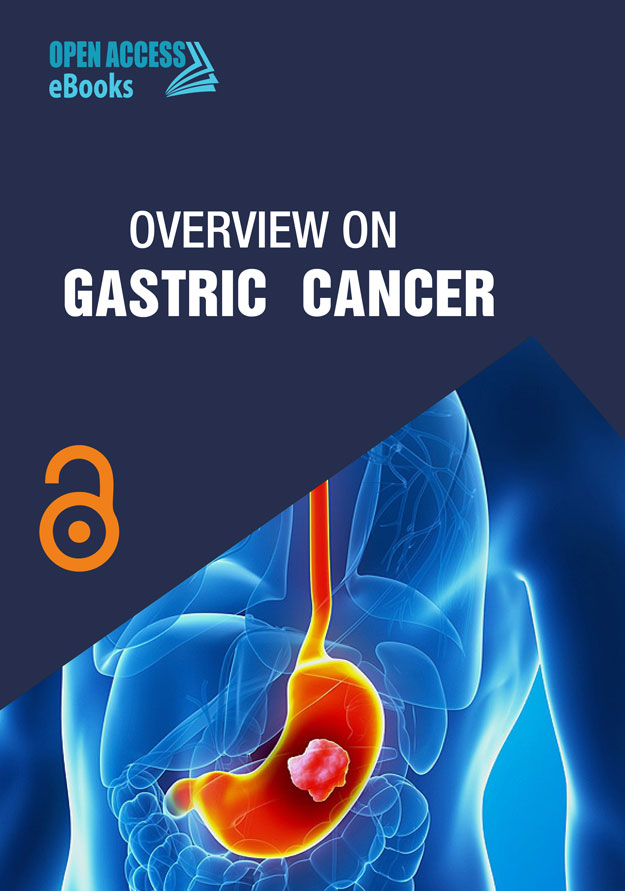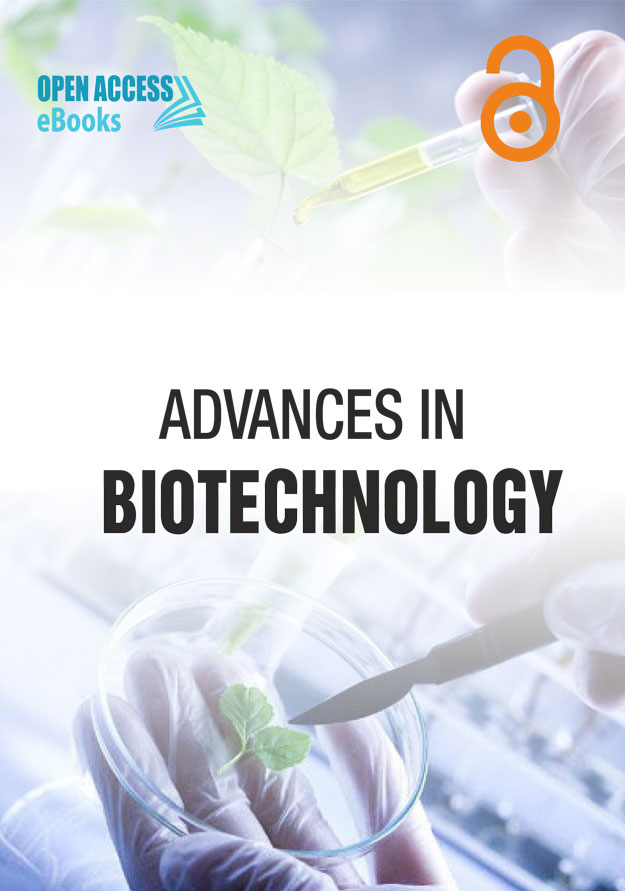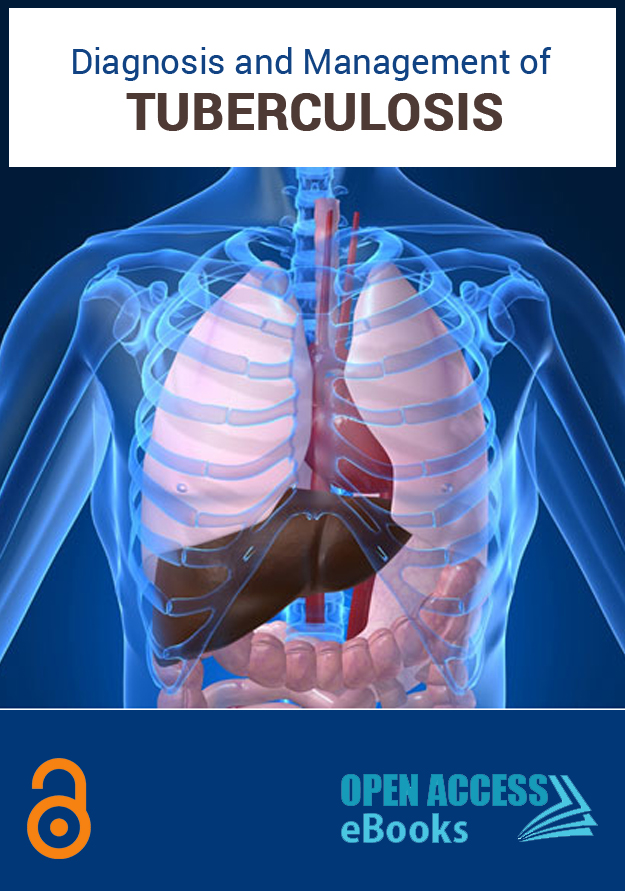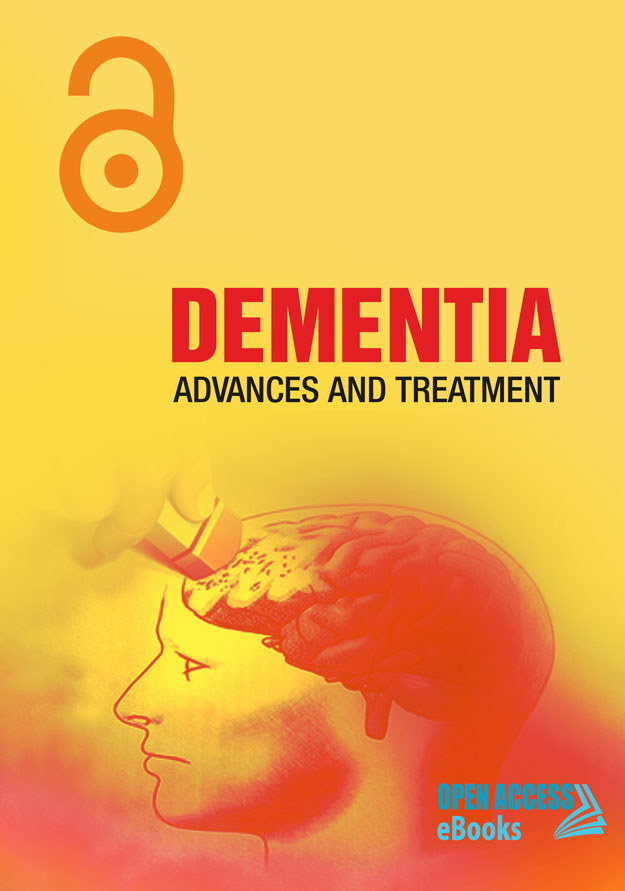
ISBN: 978-81-935757-7-2
Editors:
1. Emel Canbay
2. Bruno Zilberstein
3. Paolo Sossai
4. Kartikumar Jinjuvadia
5. Ishita Chatterjee
Gastric Cancer, also called as stomach Cancer is a cancer developing in the lining of the stomach. It is very difficult to identify in the early stages. In later stages, it spreads to lungs, liver and other parts of the body. Gastric Cancer can be treated with chemotherapy, surgery, targeted therapy and radiation therapy. Researchers working in these areas are requested to contribute your work as a book chapter for the publication in volume 1 of an eBook entitled OVERVIEW ON GASTRIC CANCER.
All received book chapters undergo review process and are published on our website in PDF and HTML formats.
Each volume contains around 5 or 6 book chapters providing information on latest advances in gastric cancer.
Benefits of publishing with us:
Universal Access: eBooks published in Open Access eBooks gain international visibility. No region barriers and content is accessed by everyone across the world from our website. We also deposit published eBooks in different databases.
Freely Available: Open Access eBooks follows the principles of Open Access and the content is available to the readers without any cost. Readers can read, share, and store the published ebooks/book chapters.
Copyright with Authors: As an eBook publisher, we serve researchers in publishing their valuable work after the stringent review process. However, copyright lies with authors. We follow the CC-BY-NC-ND license (https://creativecommons.org/licenses/by-nc-nd/3.0/).
Different Formats: We provide eBooks in PDF and HTML formats. Both formats are user friendly and can act as per the user requirements. We put our efforts to provide other formats in future.
For more information, contact info@openaccessebooks.com
Published Chapters:
Gastric neuroendocrine tumors
Author(s): Elife Sahan
Gastric Neuroendocrine Tumors (NET)s are classified on the basis of criteria that are common to all gastrointestinal and pancreatic neuroendocrine neoplasms. Most neuroendocrine neoplasms of the stomach are NETs –well differentiated, nonfunctioning enterochromaffin–like(ECL) cell carcinoids (ECL cell NETs)-arise predominantly in the corpus-fundus region [1]. Three distinct types are recognized : type I, associated with autoimmune chronic atrophic gastritis (A-CAG) (70-80 percent); type II, associated with multiple endocrine neoplasia type 1 (MEN 1) and Zollinger –El2. lison syndrome (ZES) (5 percent); type III , sporadic (i.e not associated with A-CAG or MEN1-ZES) (15-20 percent).
Defining appropriate field arrangements for the adjuvant postoperative therapy of gastric cancer
Author(s): Ben Salah H
The optimization of the treatment plans provided by the conformational radiotherapy should improve the coverage of the target volume, the dose distribution with respect to the defined critical organs (liver, kidneys, intestine, duodenum). A four or five-beam technique appears to decrease toxicity and schould be prefered in practice.
The Principles of the Surgical Management of Gastric Cancer
Author(s): Patrick Weledji
Surgery is the only curative therapy for gastric cancer but most operable gastric cancer presents in a locally advanced stage characterized by tumour infiltration of the serosa or the presence of regional lymph node metastases. Surgery alone is no longer the standard treatment for locally advanced gastric cancer as the prognosis is markedly improved by perioperative chemotherapy. The decisive factor for optimum treatment is the multidisciplinary team (MDT) specialized in gastric cancer. However, despite multimodal therapy and adequate surgery only 30% of gastric cancer patients are alive at 3 years. This article reviewed the principles of the surgical management of gastric cancer (minimally-invasive or open) and how this may optimize multimodal treatment.
HER-2: A Therapeutic Target in Gastric Cancer
Author(s): Asma Shabbir
Globally, gastric cancer ranks to be the 5th most common cancer & 3rd leading cause of death [1]. As the disease presents with non specific early symptoms, it is often diagnosed in the advanced stages. In un-resectable cases, chemotherapy remains alternative line of treatment which might follow in recurrence of the disease. Recent advances assures us newer targeted therapies for better survival of gastric cancer patients. One such molecular target in limelight is Human Epidermal Growth Factor Receptor.
Role of postoperative chemoradiotherapy in the therapeutic management of adenocarcinomas of the stomach and oesogastric junction
Author(s): Ben Salah H*; Bahri M; Dhouib F; Sallemi N; Bourmeche M; Daoud J
The available data in the literature show that for gastric adenocarcinoma or gastroesophageal junction adenocarcinoma, postoperative chemoradiotherapy improves disease-free survival after surgery with D0 or D1 lymph node dissection (and perhaps D2) as well as in case of positive node or R1 resection. With the publications of perioperative chemotherapy trials, the role of postoperative radiotherapy in the therapeutic arsenal of gastric adenocarcinoma or gastroesophageal junction adenocarcinoma becomes difficult to define. Postoperative radiotherapy is indicated in case of R1 resection.
Management of Peritoneal Metastases Originated from Gastric Cancer
Author(s): Emel Canbay*; Sezer Saglam; Yutaka Yonemura
Peritoneal Surface Malignancies (PSM) indicate the intraabdominal dissemination of neoplasms to the peritoneal surfaces and are previously was named as peritoneal carcinomatosis. Cytoreductive surgery and intraperitoneal chemotherapy have been introduced to the management of peritoneal metastases (PM) over 30 years. This novel approach became a standard of care for Pseudomyxoma Peritonei (PMP) originated from appendiceal or ovarian cancer, peritoneal metastasis of colorectal cancer and peritoneal mesothelioma. Here, management of PM developed from Gastric Cancer (GC) will be presented using cytoreductive surgery and intraperitoneal chemotherapy applications.


